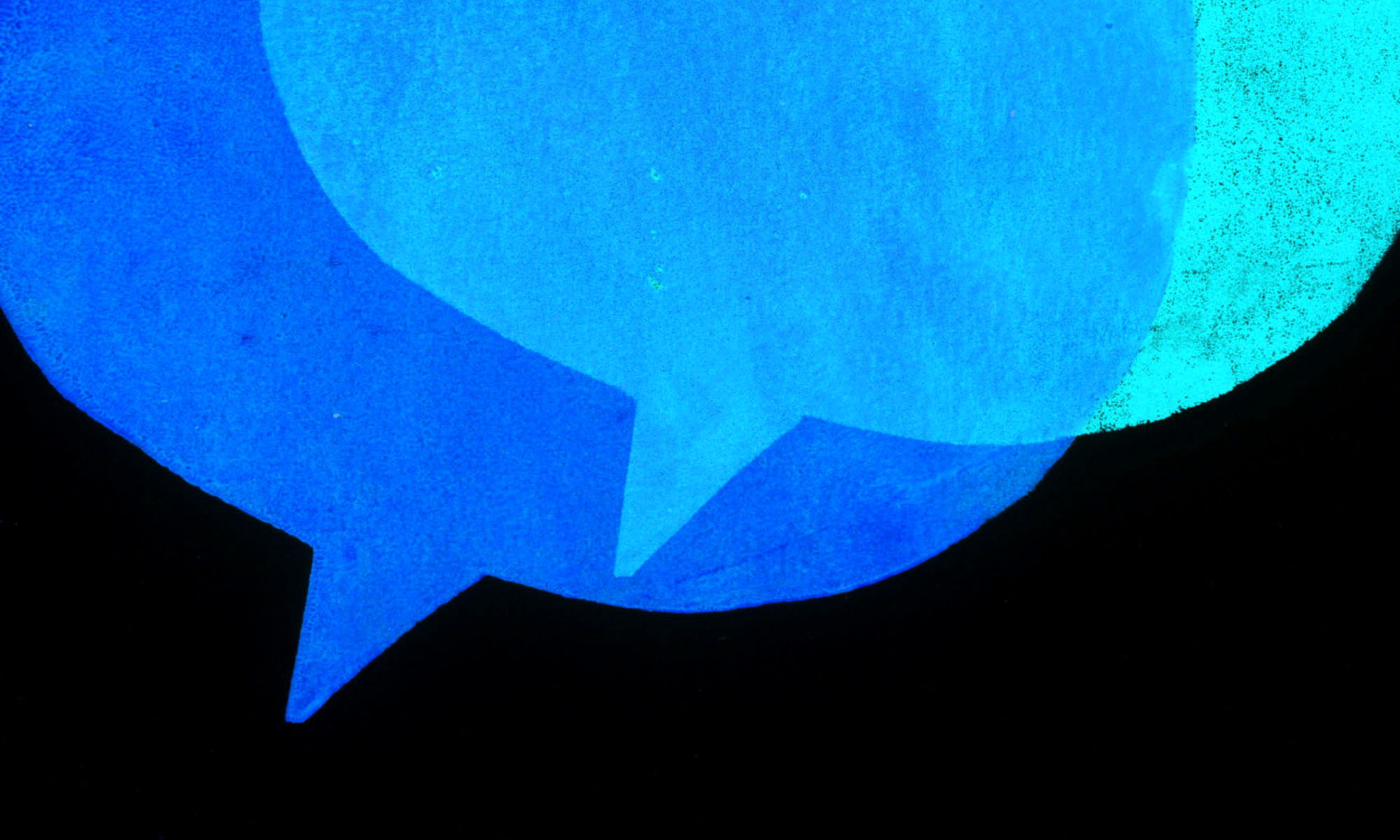Zeitschrift für Semiotik, special issue edited by
Janina Wildfeuer, University of Groningen
Stephan Packard, University of Cologne
Please send a brief abstract of 500-1000 words to the editors by 15 July 2021:
Janina Wildfeuer (j.wildfeuer@rug.nl) and Stephan Packard (packard@uni-koeln.de).
From its earliest and experimental beginnings, comics research has engaged a fascination with semiotics: The interaction not merely of word and image, but among a manifold of images and other visual elements on the comic page has beckoned many researchers to investigate comics by looking at the way they use and mix signs of various kinds (Eco 1972, Krafft 1978, Eisner 1985, Barbieri 1990, McCloud 1993, Groensteen 1999, Magnussen 2000, Packard 2006, Cohn 2013). Often, these approaches followed a conceptual order most prevalent in structuralism and post-structuralism, working through the various shapes of comics with language serving as their point of departure and constant comparison – or struggling to move beyond such a paradigm.
It is no surprise, then, that the rise of multimodal semiotics and linguistics in the last three decades, building from Kress and van Leeuwen’s pioneering reading of images and the description of multimodal discourse (1996, 2001) and continuing through expansions and approaches towards systematization (Kress 2010, Jewitt 2014, Klug/Stöckl 2016, Bateman et al. 2017), has resulted in a number of new perspectives on comics, cartoons, graphic novels, and manga (including Lim 2007, Forceville 2010/2011, Cohn 2013, Bateman/Wildfeuer 2014, Cohn 2016, Dunst et al. 2018). With its interest in the different semiotic modes and resources that comics offer to their creators and audiences, multimodal analysis encompasses tools to describe the material basis, formal structure, and emerging semantics of traditional as well as experimental forms of graphic narrative, from the comic strip and comic book to webcomics and digital interactive formats.
Always already an interdisciplinary field, comics studies have offered a rich array of opportunities and challenges to investigations of multimodality, while at the same time perhaps failing to engage with the emerging methodologies broadly and across its many disciplines – it is still rare to see a multimodal analysis of a comics page outside dedicated publications, or beyond the realms of media linguistics. Even within the latter, a common state of the art remains undefined.
For this dedicated issue of the Journal of Semiotics, we want to bring together linguistic as well as inter- and transdisciplinary contributions engaging with the semiotic wealth of comics, continuing recent research with new challenges and solutions, and engaging in dialogue across the various approaches to the multimodality of comics. We seek to include both theoretical or methodological as well as more empirically- or corpus-oriented works. Contributions could deal with questions including, but not limited to, the following:
• how can we trace the establishment of cohesion and coherence across panel borders?
• how can we distinguish and describe the various semiotic domains (resources, modes) appearing within panels?
• how can we understand ways of perception and interpretation of the various elements on the comic page?
• how can we understand differences in visual semiotics between cultures, languages, genres, and styles – for example with the help of corpus analytical tools or empirical studies?
• how can the playful semantics of comics books be correlated to the heautonomic rules of the art form?
Please send a brief abstract of 500-1000 words by July 15, 2021, to the editors,
Janina Wildfeuer (j.wildfeuer@rug.nl) and Stephan Packard (packard@uni-koeln.de).
Feedback on abstracts will be provided by August 2021. Full text submissions of roughly 7.000 to 10.000 words are expected by the end of 2021. All contributions will be peer-reviewed. Publication is scheduled for early 2023.

